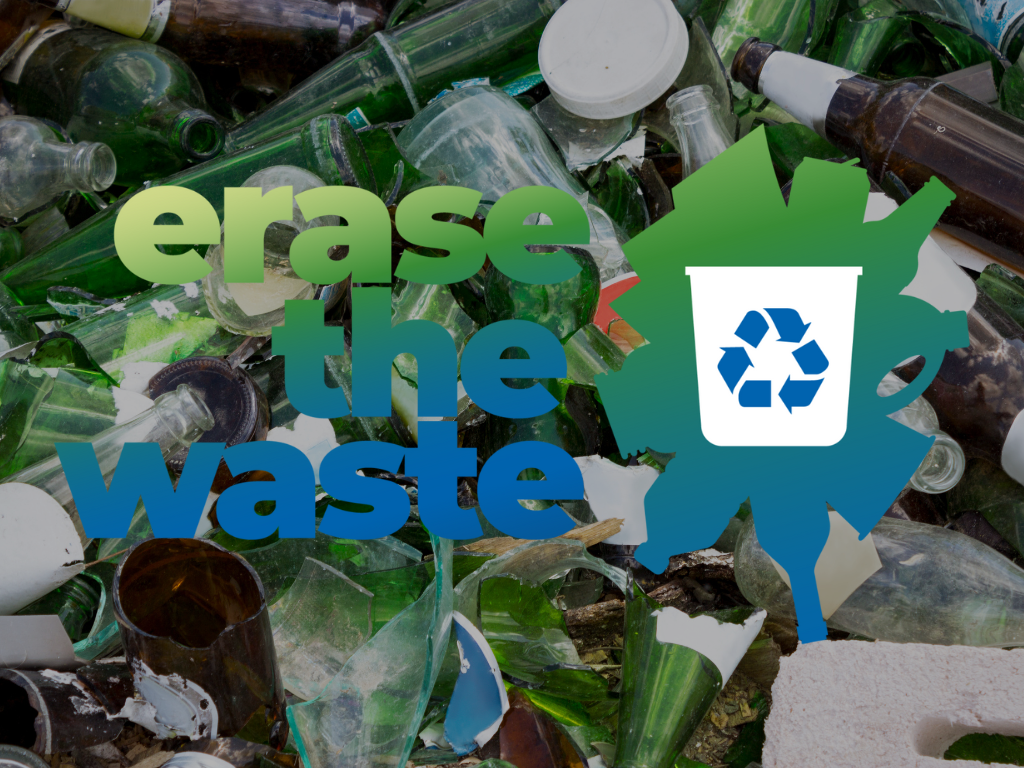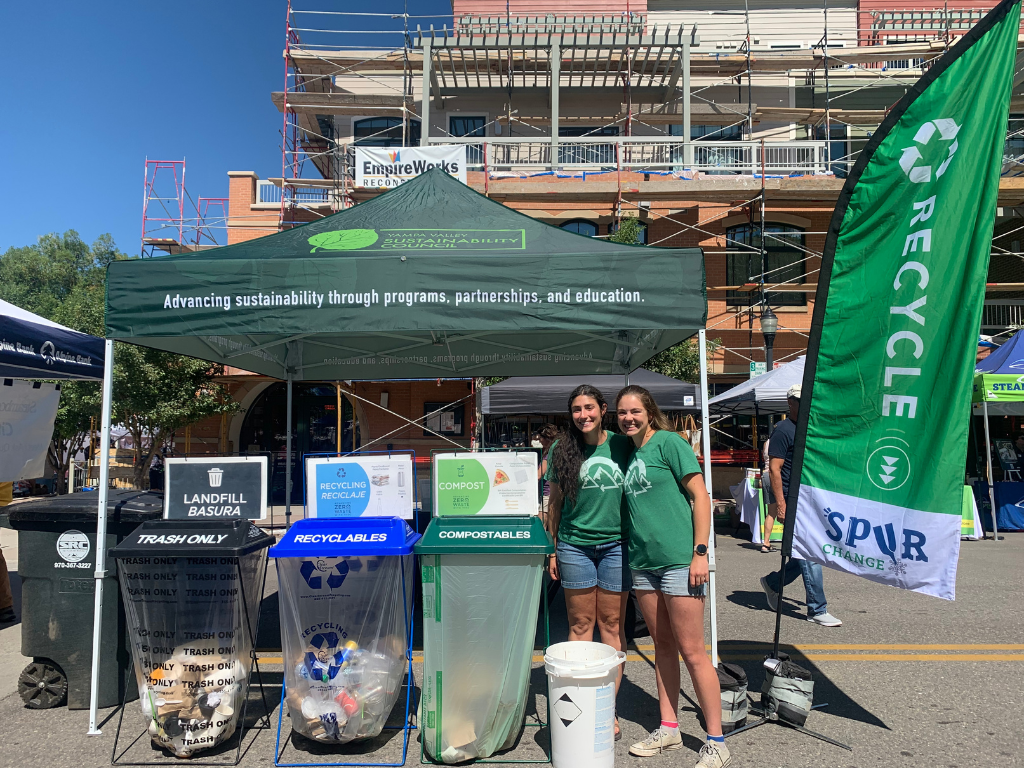NOVEMBER 24, 2013 BY
One of the hardest things about recycling is keeping up – a product of the technology age, keeping up is just part of the game.
With each year, there’s something new… from the methods of sorting (see yesterdays video from the Denver MRF) to the product break down technique (below), from new regulations (such as with electronics this year) to what’s made with these products, each year we all struggle to keep up.
So what changes took effect or are taking effect in 2013?
1. Waxed lined dairy and juice cartons
In case you were not aware wax lined dairy and juice cartons are now accepted in your single stream recycling – and they were not in 2012. This includes lunchbox-sized juice and milk boxes. Also called “gable-top cartons,” these are the non-plastic milk and juice cartons you see in the refrigerated section of the supermarket.
Known in the industry as “poly-coated paperboard containers,” the cartons are made of about 80% high-quality paper fiber, a renewable resource, and 20% polyethylene, a type of plastic that keeps the paper from getting wet. America consumes enormous quantities of milk and juice, requiring tremendous outlays of energy to produce, ship and landfill the cartons. Only a fraction of these are recycled.
Poly-coated paperboard containers undergo a process known as “hydro-pulping.” Bales of containers are first reduced to pulp, which separates the polyethylene from the paper fiber. The fiber is used to make other paper products such as tissue and paper towels. The polyethylene is used in furniture, to generate energy, or reduced even further into paraffin, which “blends” the cartons so the non-paper and paper layers separate. The recovered paper fibers can be recycled into items such as tissue and paper towels. Sometimes dairy and juice cartons are recycled as “mixed paper,” a process that does not use hydro-pulping but instead follows the regular paper-making process.
Waste Management, Tropicana Products, Dean Foods and select carton manufacturers have launched a program (WM Recycle America) in which residents can recycle these containers in regular recycling bins at no additional charge. This program began in Florida and has been expanded to communities across the country.
Taken from Waste Managements website at http://www.wm.com/thinkgreen/what-can-i-recycle.jsp
2. Electronic Waste
As of July 2013, it is now illegal to put electronic waste (e-waste) in landfill waste streams. Televisions, computer monitors and hard drives, cell phones, laptops, recyclable batteries and other similar electronic items contain hazardous materials that will leach into the soil and water if not disposed of properly. This warranted its own blog post, for more on E-Waste, visit the 11/19/13 blog post here.
3. To Go Coffee Cups
Along with the wax-lined cartons, to-go cups also fall into this category, and under the “new” topic in 2013. For more about paper cups and lids, see Tip 4.
4. Charging at the Waste Management Yard
Around the start of the new year (2014), the local Waste Management facility will begin charging non-WM-customers who bring recyclables to the yard on Downhill Drive a nominal fee. There will be a lot of press on this, so you’ll see more in the future; stay tuned to this channel.






